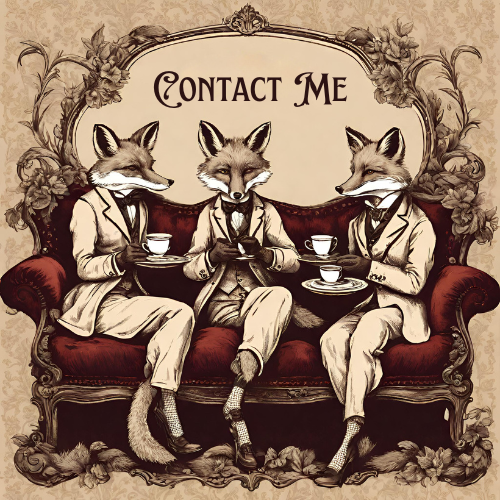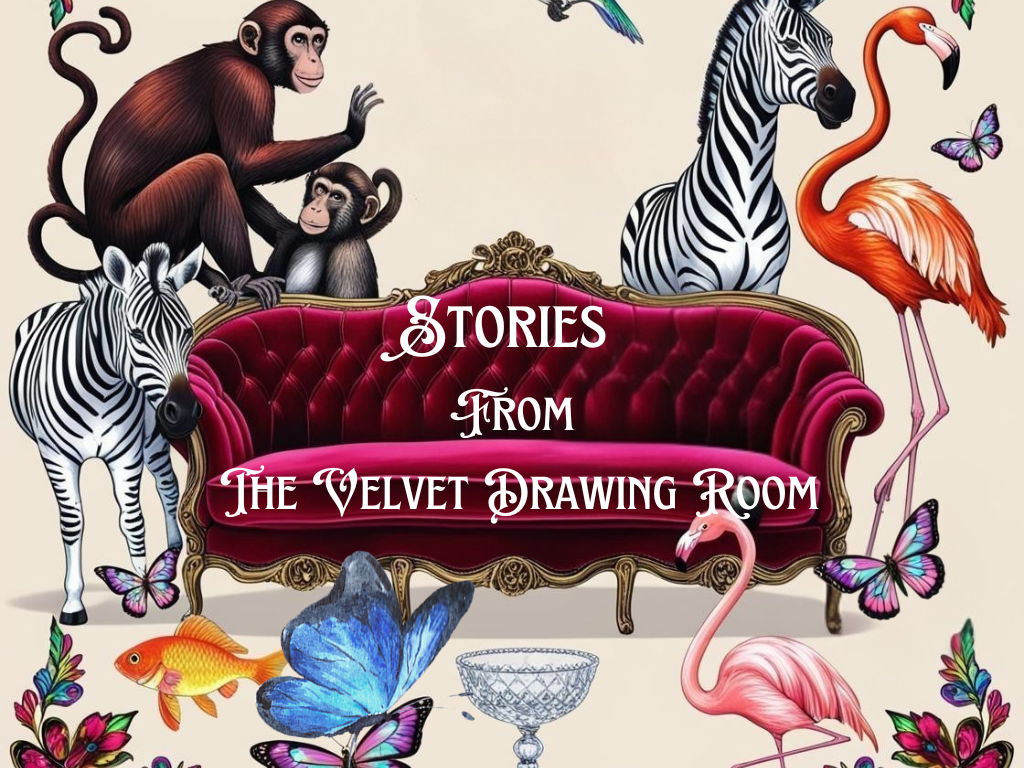Represents the best of his museum and commission work from 1880s -1890s
This cabinet is for sale



Rare antique cabinet of Scarlet Ibis by Edward Gerrard for sale
Rare antique cabinet of Scarlet Ibis by Edward Gerrard for sale
This rare and beautiful cabinet of three Scarlet Ibis dated circa 1880’s, made by Edward Gerrard Senior, represents some of the best of the work of the British firm of Naturalists and Taxidermists.
The cabinet of Scarlet Ibis was originally commissioned or bought directly from Gerrard by a wealthy and famous Belgian family, and the story is available on request.
The cabinet is still in its original condition and is a stunning interior design centre piece.
THE CABINET STYLE
EBONISED CABINET WITH FLUTED LEGS
The cabinet is ebonised with gold coloured inlay and fluted legs of neoclassical influence that replicated designs from Ancient Greece and Rome. This style was produced throughout the latter half of the 1700s and throughout the 1800s in England and Europe.
The fluted design is not something often found in the 20th century so this would date most pieces of this style to pre-1900. The style can be found usually on pieces such as console and hall tables, dining, and occasional furniture. The fluted leg was often produced using mahogany, but depending on origin the legs were either ebonised (English), Gilded (French) or painted (Scandinavian).
The Ibis themselves still have their bright colours, as if they’ve just died. Their beaks and legs were originally treated with a red wax preserver and this wax remains. It’s difficult to say upon looking at them if they are female or male, because the only outward indicator of sex would be comparing the size of male and female side by side, and the male is bigger.

The cabinet dates circa 1880
We can define a date of circa 1880 for this cabinet fairly precisely, and we can also determine that the maker was Edward Gerrard Senior.
See the blog post with information about the Gerrard workshops
There are two labels that help to tell the story of the dating of this rare cabinet of three Scarlet Ibis made by Edward Gerrard Senior.
It has an original paper label on the back which states “Edward Gerrard. Naturalist. 61 College Place, Camden Town, London N.W.” (You do not see London postcodes with a number until 1917)
The Ivorine Label
It has the earliest recorded small, round ivorine label inside which also bears the address of 61 College Place. It’s interesting to note that the ivorine label is reminiscent of those used on early pieces at Rowland Ward.
The information on the round disc inside the case reflects that on the paper label, except the postcode is missing, possibly because it didn’t fit, or it cost more to add the postcode.
This ivorine disc is rarely seen and was most likely reserved for the firm’s best pieces.


ZOOLOGICAL SOCIETY LONDON
The Death Books tell the story
After making an appointment, I went along to the ZSL Library to study the archives to see if I could find out more about the origin of the three Ibis in the cabinet.
There I saw Mr Edward Gerrard mentioned many times in the records of the “Death Books” which catalogued all deaths of zoo animals.
Mr Gerrard is seen as the recipient of many species from the Zoo (including the famous Quagga) over a long period, and right up to 1890.
Thinking about the source of the Ibis, what really caught my interest were the records of Scarlet Ibis (Eudocimus Rubra) that Gerrard had continually acquired from the Zoo over a long period and particularly during the late 1870s.
Mr Edward Gerrard Senior continued his close relationship with the ZSL long after he had left their employment in 1841 and in addition to the connections that the Gerrards had with collectors and explorers, the ZSL was a continual source of specimens for the Gerrard’s business, not least because of the proximity of the ZSL to Gerrard workshops, both at 54A Queen Street and at his residence at College Place.
There is much evidence of Gerrard’s connections with explorers and his network with zoologists and university and museum authorities. So, these Ibis could have been taken from the Zoo, or more likely, they could have been obtained via an explorer or collector who had brought them back from an expedition and sold them to Gerrard; their bright colour suggests that they had not been kept in captivity for very long because the bright feather colour is derived from a natural food source which cannot be made available in a zoo.
The cabinet is a rare survivor, it’s in very good condition and it’s a real statement piece.

UNRAVELLING THE STORY
EXPO, PRIVATE COMMISSION OR MUSEUM PIECE
The main reason you don’t see too many examples of Gerrard’s work in the open market is that most of their output in the early part of the firm’s history was made for museums.
It is possible that the case was initially sent abroad as part of the display for an expo and it is entirely possible (as well as the possibility of a commission) that the wealthy family in question saw this cabinet at a Belgian or French expo and bought it directly.
There were several international exhibitions in Europe around this time, but the two that stick out for me as a possibility in the context of the parallel date and sale of this cabinet is either Antwerp in 1885 or the Brussels Expo in 1897.
It’s also possible that the cabinet was commissioned directly from London alongside other pieces by the family in question, and it would have been very expensive in its time.
FOLLOWING THE TRAIL
Setting out on the trail of how and when it was made, and how it ended up in Belgium has been intensely engaging and enjoyable.
I’ve discovered previously unknown facts about Gerrard and adjusted for myself some of the normally accepted and regurgitated narrative about the firm.
Following the trail went cold sometimes, but determination prevailed and the research has left me with a clearer insight into the life and work and the legacy of one of the greatest taxidermists and naturalists of Britain’s Victorian era.
These Scarlet Ibis are subject to
CITES Annex II / B.
This cabinet is for sale within the E.U. only
Discover more from thevelvetdrawingroom.co.uk
Subscribe to get the latest posts sent to your email.




















